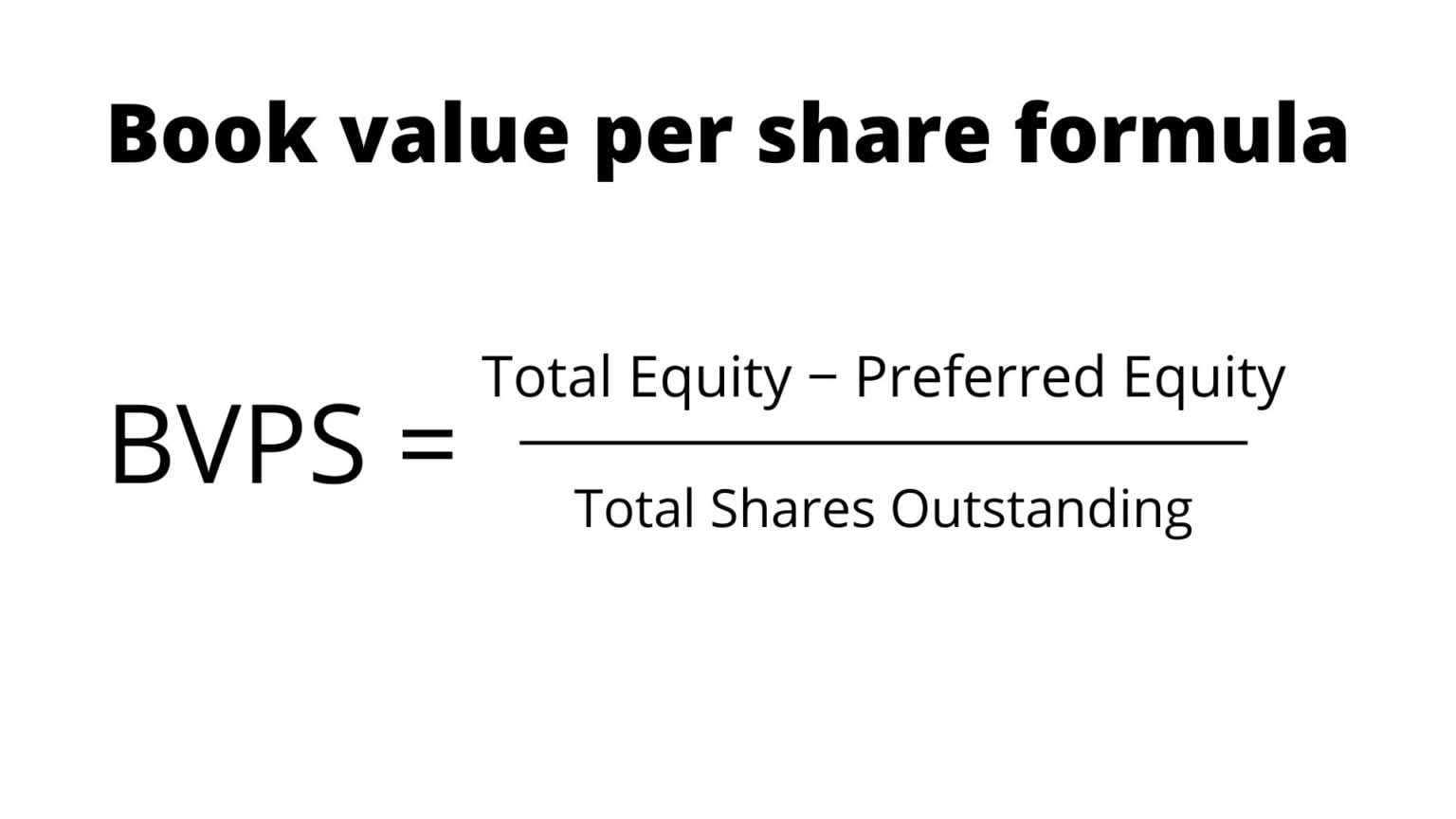How to Calculate Common Stock Outstanding From a Balance Sheet The Motley Fool

You can easily calculate the Z-score for different desired service levels with Excel or Google Sheets using the NORMSINV() function (see image below). Simply, this matrix ensures that the safety stock is calculated for each pair of events regarding the demand and lead time. The section above discusses shareholders’ equity and its role in financing a company’s business plans. It also represents one of the three main parts of a balance sheet, the others being liabilities and assets. This makes preferred stock relatively straightforward to evaluate since its fixed dividends provide predictable returns, making it an attractive option for those seeking steady income.
Preferred stock formula
Thus, it can be said that common stock have high return but high risk too. If stocks perform well, their price go up and investors earn huge profit. Similarly, such stocks holders can claim there share if the company dissolves or goes bankrupt, only after all the debtholders are paid. Common shareholders are the last ones to get any compensation during the company’s bankruptcy. It’s also important to mention that some, but not all, cumulative preferred stocks have additional provisions to compensate shareholders if preferred dividends are suspended. For example, some preferred stocks require accumulated dividends to be repaid with interest.
Outstanding Shares=Number of issued shares-Treasury stocks
It shows how much money was raised from selling shares to investors, often referred to as the common stock balance. This money is used to grow the company, pay for things it needs, or even pay off debts, ultimately benefiting common stockholders. Looking at the number of outstanding shares, the total number of shares authorized to issue, and the book value can tell you a lot about a company’s assets, liabilities, and overall financial health. It’s like a health check-up for the company, showing if it’s strong and healthy or if it has some work to do.
What Are Some Examples of Stockholders’ Equity?

Due to their fixed dividends and lower risk profile, preferred stocks typically have less price volatility and greater growth potential than common stocks. Because of their stable dividends and lower volatility, preferred stocks are often favored by institutional investors pursuing a predictable income stream. These stocks are also normally less liquid than common stocks, meaning they are traded less frequently, making them less suitable for retail investors looking for short-term gains. However, despite its growth potential, common stock comes with higher volatility. Stock prices can swing up and down based on market conditions, making it riskier than preferred stock.
What Is the Difference Between Common Stock and Preferred Stock?
The more shares you have, the louder your voice, particularly in voting on the board of directors or on policies affecting the value of the stock. When people think about investing in a company, common stock is a big deal. Let’s dive into how common stock plays a huge role in making investment choices, focusing on dividends, voting rights, and its value in financial reports.
Dividends are like little rewards that companies give to their shareholders out of their profits. The more common stock you have, the more of these rewards you might get. Companies decide how much to give based on how well they’re doing and how much money they want to share.
When you deal with multiple uncertain variables, the standard deviation safety stock formula is more effective. This method involves calculating the standard deviation of both demand and lead time to determine the appropriate safety stock level. To calculate safety stock for your business, you must consider various factors such as lead time variability, customer demand variability, and desired service level.
The nominal value of a company’s stock is an arbitrary value assigned for balance sheet purposes when the company is issuing shares—and is generally $1 or less. All companies must report their common stock outstanding on their balance sheet. You can do that by navigating to the company’s investor-relations webpage, finding its financial reporting, and opening up its most recent 10-Q or 10-K filing. Common stock is a share of ownership in a company, and as opposed to preferred stock, is the “regular” type of stock that most investors will deal with. Common stock typically gives its owner the right to vote on the company’s leadership. The issue and exact figure of dividends for common stock varies and is dependent on company performance.
- In some cases, the balance sheet may also show more information about the common stock, such as how many shares are still outstanding and how much they were sold for.
- Next, the “Retained Earnings” are the accumulated net profits (i.e. the “bottom line”) that the company holds onto as opposed to paying dividends to shareholders.
- From there, scroll down until you find the section in the 10-Q or 10-K called “Capital Stock.” All the details you need will be there.
- It gives shareholders a stake in the underlying business, as well as voting rights to elect a board of directors and a claim to a portion of the company’s assets and future revenues.
It finished the three-month period with $1.4 billion in retained earnings after paying out $3.8 billion in dividends and repurchasing $18.1 billion of its stock. Companies growing more slowly will be less open to significantly leveraging their balance sheets, knowing cash flows will be insufficient to repay the debt promptly. The two elements of a company’s capital structure are debt obligations and total shareholders’ equity.
It’s the most familiar type of stock, giving shareholders the right to vote on major company decisions, such as electing board members or approving mergers. If a company faces bankruptcy or liquidation, preferred stockholders are ahead of common stockholders when it comes to claiming the company’s remaining assets. This gives how to buy a business preferred shareholders a layer of protection, particularly in more challenging economic conditions. One of the most appealing features of preferred stock is its predictable, fixed dividend payments- if there are distributions. This provides a steady income stream, which is especially valuable during market uncertainty.
- Data:
- Bookkeeping

Deixe sua resposta